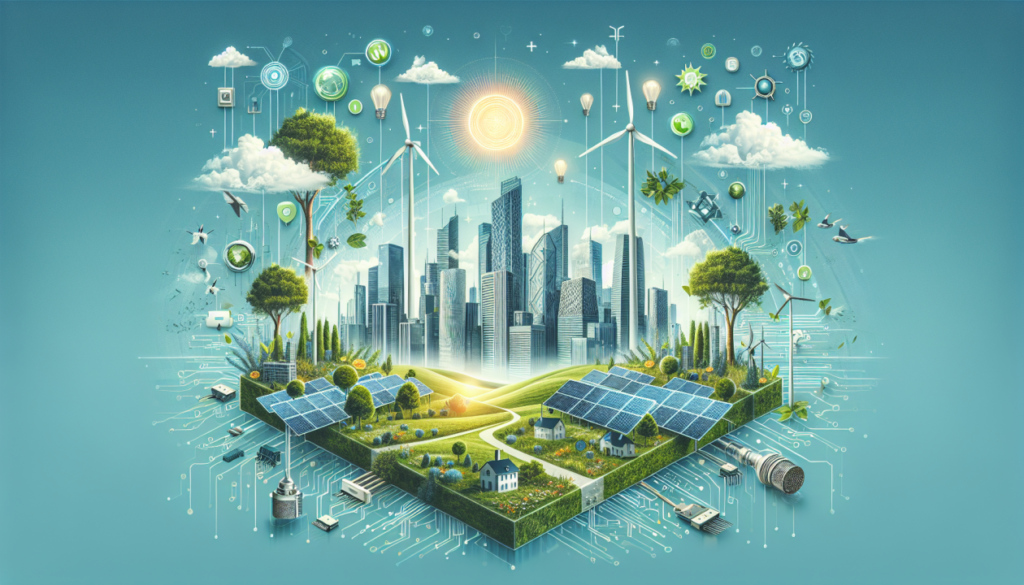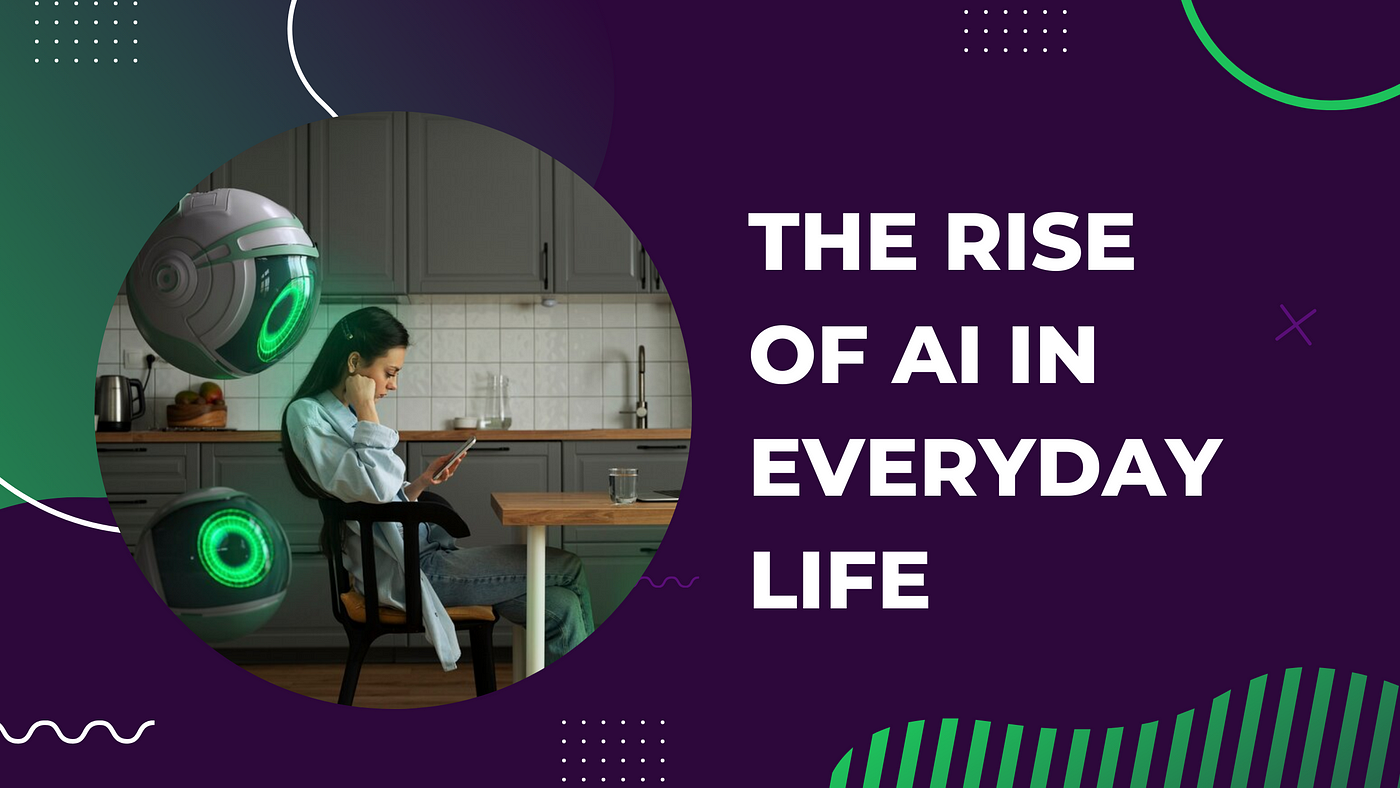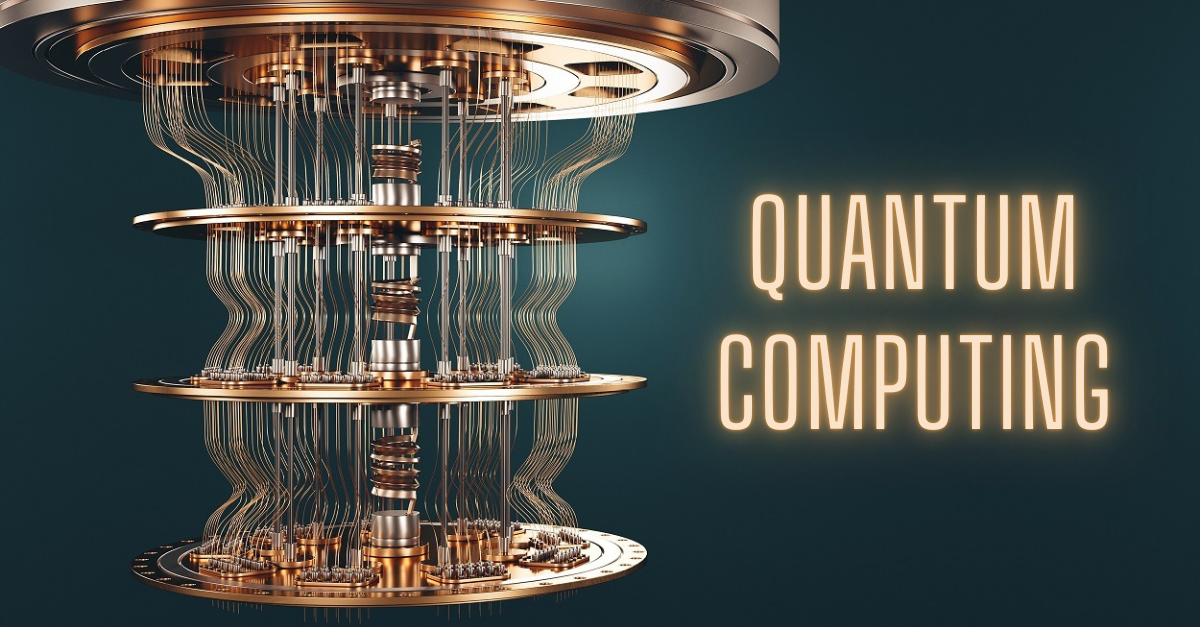Sustainable tech projects have become essential for balancing innovation with environmental responsibility in a time of fast technology growth and growing environmental concerns. With the use of technology, these projects hope to reduce their negative effects on the environment, increase resource efficiency, and pave the way for a more sustainable future. The main goals of sustainable tech projects are examined in this article, along with the revolutionary effects they are having on a variety of industries.
The Concept of Sustainable Technology
Often called “clean tech” or “green tech,” sustainable technology is a broad category that includes inventions and methods aimed at minimizing damage to the environment. The fundamental idea is to include environmental factors into technical growth to make sure that progress doesn’t come at the price of the environment. This entails cutting down on waste, saving resources, lowering carbon footprints, and supporting renewable energy sources.
Renewable Energy Technologies
Renewable energy is one of the most important fields of sustainable technology. This industry involves inventions that use materials found in nature to provide electricity with little effect on the environment. Important technologies consist of.
Solar Power
Over the past few decades, there has been a significant evolution in solar energy technology. Direct conversion of sunlight into power is achieved by photovoltaic (PV) cells, which are now more economical and efficient. Future developments in materials science, such the creation of perovskite solar cells, offer even higher efficiency and reduced costs. The use of solar thermal systems, which harness solar radiation to provide energy, is expanding in both industrial and residential settings.
Wind Power
Another essential component of sustainable technology is wind power. Larger blades and cutting-edge materials that enhance performance and durability are features of contemporary wind turbine designs that aim to increase efficiency. Because they can take advantage of stronger and more steady wind speeds across the oceans, offshore wind farms are growing more and more frequent. Improvements in energy storage and turbine design are making wind power more dependable and profitable.
Hydropower
The energy of flowing water is harnessed by hydropower, also known as hydroelectric power, to produce electricity. While traditional large-scale dams have come under fire from environmentalists, innovative strategies like hydrokinetic turbines and compact modular hydropower systems seek to maximize the benefits of water energy while minimizing ecological impact.
Energy Storage Solutions
Effective energy storage is crucial for balancing supply and demand in renewable energy systems. Innovations in energy storage technology help address the intermittent nature of renewable sources like solar and wind. Key developments include.

Lithium-Ion Batteries
Lithium-ion batteries are widely used in consumer electronics and electric vehicles (EVs) due to their high energy density and relatively long lifespan. Research continues to improve their performance and reduce costs, making them a key component of sustainable energy solutions.
Solid-State Batteries
Solid-state batteries represent a promising advancement over traditional lithium-ion technology. They use a solid electrolyte instead of a liquid one, which can enhance safety, energy density, and overall performance. This technology has the potential to revolutionize both portable electronics and electric vehicles.
Flow Batteries
Flow batteries store energy in liquid electrolytes contained in external tanks. This design allows for scalable and long-duration energy storage, making flow batteries suitable for grid-scale applications and integrating intermittent renewable energy sources.
Green Computing
The goal of green computing, also known as sustainable computing, is to create and run computer systems in a way that is ecologically friendly. Important elements consist of
Energy-Efficient Hardware
More and more processors and parts are being designed by manufacturers to be energy-efficient, meaning they use less power and generate less heat. This lowers cooling expenses and prolongs hardware lifespan in addition to lowering the energy needed for computational processes.
Cloud Computing
Because cloud computing centralizes data and processing in huge, energy-efficient data centers, it provides a mechanism to maximize resource utilization. Multiple virtual computers can operate on a single physical server thanks to virtualization technologies, which increases utilization and lowers overall energy usage.
Sustainable Transportation
Transportation contributes significantly to greenhouse gas emissions; however, advances in electric and alternative fuel cars are helping to solve this issue through sustainable tech projects.
Electric Vehicles (EVs)
Leading the way in environmentally friendly transportation are electric cars. EVs are becoming more economical and practical because to advancements in car design, charging infrastructure, and battery technology. To encourage broad adoption and lessen range anxiety, governments and organizations are investing in EV charging networks.











Leave a Reply